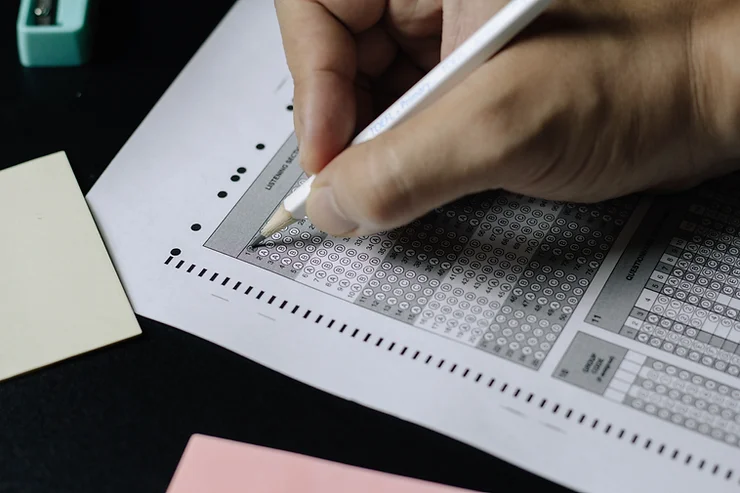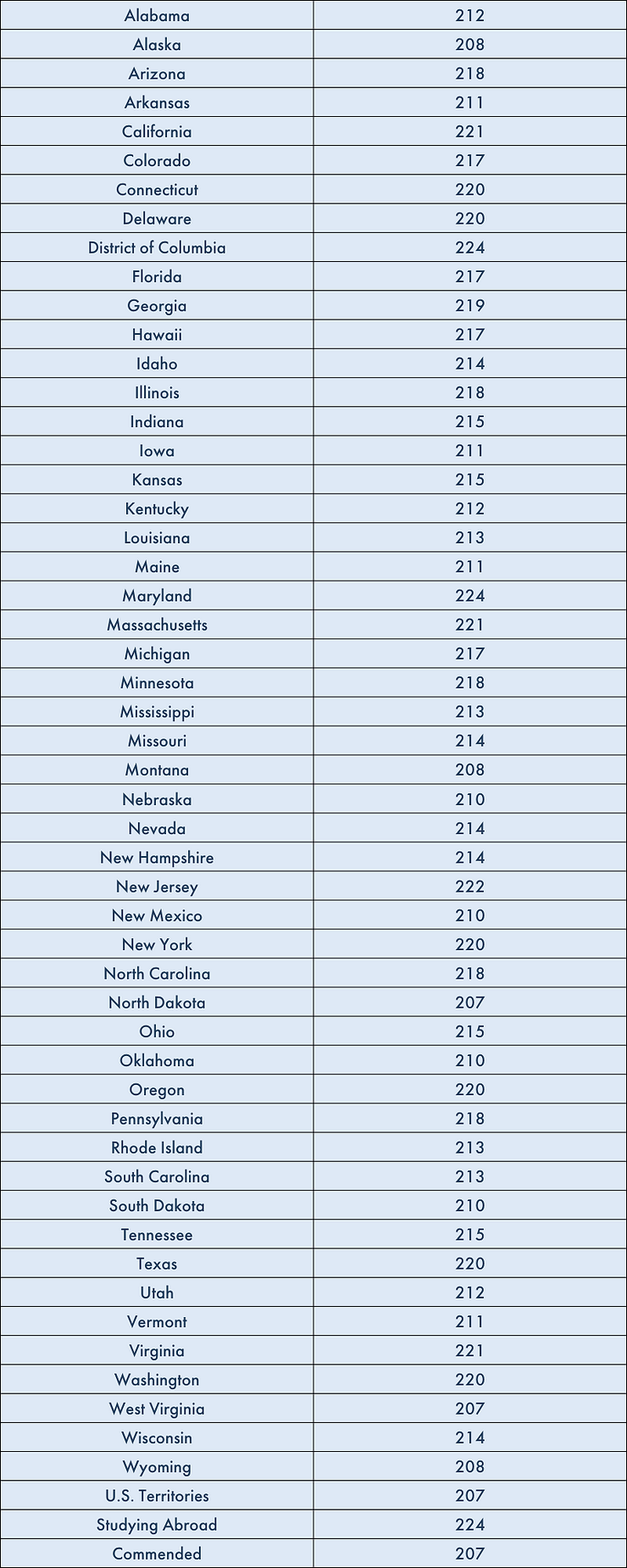Adrianne is a college admissions consultant and TV/film director, producer, writer, and actress currently based in LA. She uses her experience in multiple disciplines to help students achieve their personal and academic goals.
If you’re in high school, there’s a good chance that you’ve heard the term “National Merit” before, but you may not know how to actually enter the competition and win scholarships. Here, we break down the different steps of the National Merit Scholarship Program and how you can become a National Merit Scholar.

The National Merit Scholarship Program, which began in 1955, offers one of the largest and most popular scholarship competitions in the United States. Students qualify by taking the PSAT/NMSQT in their sophomore or junior year, and if they become a National Merit Finalist, they could potentially win thousands of dollars in scholarships, making them a National Merit Scholar.
As one of the most popular and widely-known scholarship competitions in the country, gaining entry into the competition is difficult, so advancing in the competition is considered an academic achievement. Here’s how to enter the National Merit Scholarship Competition and potentially become a National Merit Scholar.
Taking the PSAT
Unlike most scholarships, the first round of entering the National Merit Scholarship Competition involves taking the PSAT/NMSQT, which many high school students are already required to take by their school. PSAT, or “Practice SAT/National Merit Scholarship Qualifying Test,” is just a shorter, less advanced version of the SAT that’s offered by the College Board and can be a good indication of your preparedness for other standardized tests.
The PSAT is usually offered to sophomores and juniors in the fall, often around October — check with your school for specific dates as COVID has disrupted the traditional schedule. Unlike the SAT, you only get one chance to take the PSAT, so it’s important to start studying early and gauging what score you’re hitting early on. Check out Khan Academy’s free PSAT/NMSQT resources, which are endorsed by the College Board, or reach out to a tutor who can help you stay on track.
Understanding Your Score
Several months after taking the test, you will receive a report with a score between 320 and 1520. That score will be the sum of two section scores in Reading & Writing and Math, both of which are converted from the raw scores to a scaled score in the range of 160-170. According to the College Board, the average PSAT/NMSQT score is about 920, so a score between 1210 and 1520 puts you in the top 10% of test-takers.
You will also receive what is called a Selection Index score, which is what is important to note if you’re hoping to qualify as a National Merit Semifinalist. These scores are out of 240, although the qualifying range depends on which U.S. state you’re in. Students studying abroad also have a cutoff score of their own. There is also a cutoff for something called “Commended Student,” which will not qualify you for the competition but is still a recognition of a high score.
Here are the score cutoffs for the class of 2022.

It’s important to note that these scores vary every year, and there’s no guarantee that a certain score will help you exceed the cutoff. That’s why preparation is crucially important, as it allows you to achieve the best score possible and possibly exceed the cutoff. Obviously, in more populated states, the cutoff is even higher, so the more prepared you can be if you’re in these states, the better!
If you receive a score higher than your state’s cutoff, you will automatically move onto the next round of the competition — you’re now a National Merit Semifinalist.
Next Steps in the Competiton
Students whose scores qualify them as Semifinalists can compete against other Semifinalists to be named a National Merit Finalist. This year, there were about 16,000 National Merit Semifinalists who had the opportunity to win around 7,500 scholarships.
Becoming a finalist once you’re a Semifinalist is usually not too competitive — most students advance to the next level. For instance, 15,000 of the 16,000 chosen this year were expected to advance. However, in order to do so, students must still submit a letter of recommendation from their principal, show proof of high academic achievement throughout high school, strong SAT and/or ACT scores, and a well-written essay in order to do so.
Once a student becomes a National Merit Finalist, the likelihood of receiving a scholarship depends on myriad factors — namely, where the student ends up going to college and what they end up studying. Many public and state universities will offer generous scholarships for National Merit Finalists, and there are 2,500 state-specific scholarships as well as 1,000 corporate-sponsored scholarships that have more specific criteria. Scholars will be announced soon this year.
Often, students who are undecided on their major, attending certain private universities, and aren’t connected to any of the corporations providing scholarships may not receive scholarships, but the National Merit Finalist distinction still carries weight in the college admissions process and should be considered an honor.
Looking for help with studying for your PSAT and entering the National Merit Scholarship Program? Contact us today to set up a free consultation with one of our Ivy League admission consultants.



